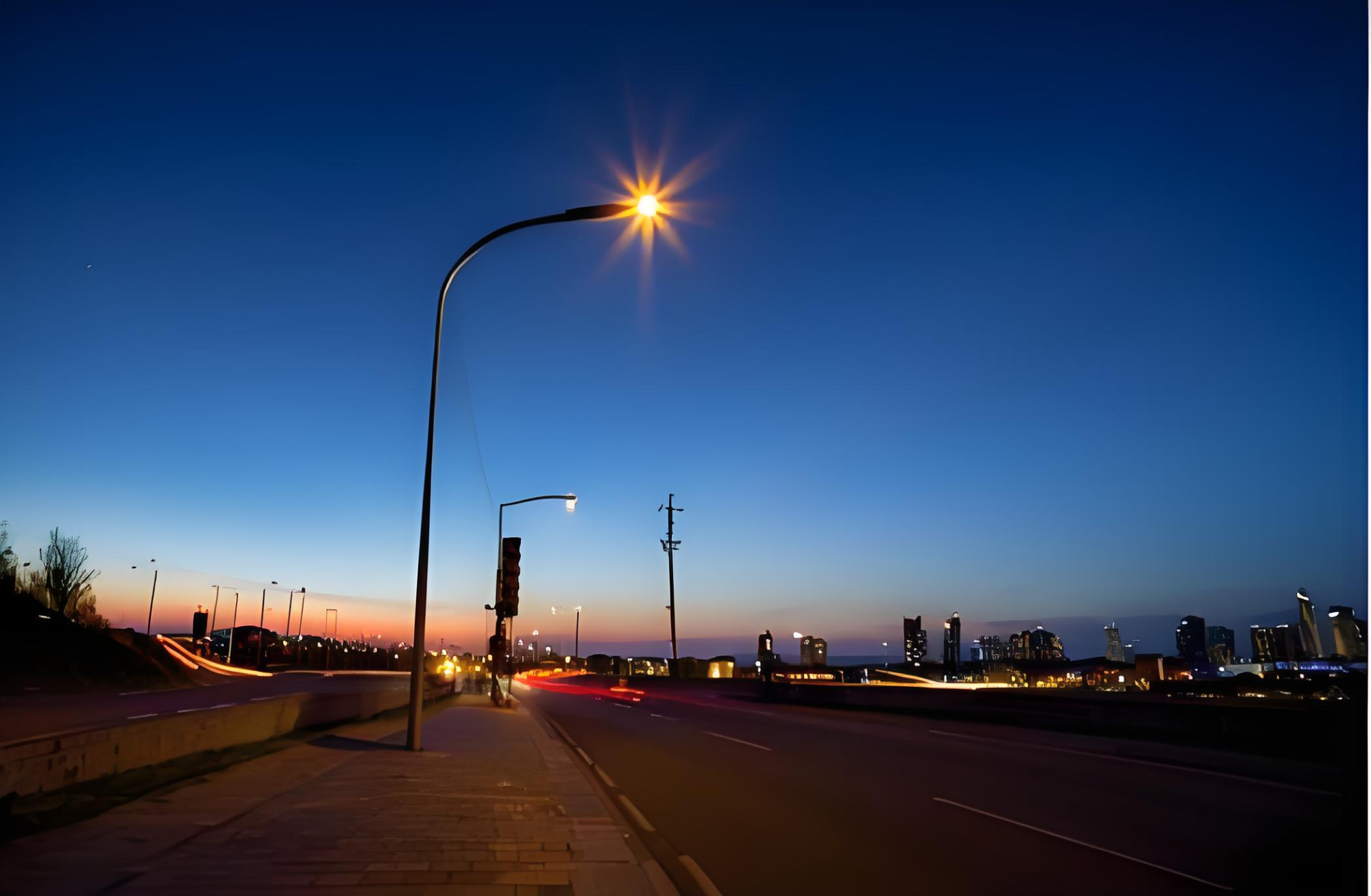Street lights play a crucial role in modern urban development, serving not only as essential infrastructure for nighttime illumination but also as a key factor in enhancing safety, promoting economic activity, and improving the overall quality of city life. As cities continue to grow, the significance of well-planned street lighting systems becomes increasingly evident.
1. Enhancing Public Safety
One of the primary functions of street lights is to ensure safety after dark. Proper lighting reduces the risk of accidents by improving visibility for drivers, cyclists, and pedestrians. Well-lit streets also deter criminal activities, as darkness often provides cover for theft, vandalism, and other illegal acts. Studies have shown that adequate street lighting can significantly lower crime rates, making neighborhoods safer for residents.
2. Supporting Economic Growth
Street lights contribute to a city's economic vitality by extending business hours and encouraging nighttime activities. Restaurants, shops, and entertainment venues benefit from increased foot traffic when streets are well-lit, fostering a vibrant night-time economy. Additionally, reliable lighting in commercial and industrial areas ensures smooth logistics and transportation operations, further boosting economic productivity.

3. Improving Traffic Efficiency
Efficient street lighting is vital for smooth traffic flow. Properly illuminated roads help drivers navigate more safely, reducing the likelihood of collisions. Smart lighting systems, equipped with sensors and adaptive controls, can further optimize energy use while maintaining visibility, contributing to sustainable urban mobility.
4. Enhancing Aesthetics and Urban Appeal
Beyond functionality, street lights contribute to a city’s aesthetic appeal. Thoughtfully designed lighting can highlight architectural landmarks, parks, and public spaces, creating a more attractive and inviting urban environment. This not only improves residents' quality of life but also attracts tourists, enhancing the city’s reputation.
5. Promoting Sustainability with Smart Lighting
Modern street lighting systems are increasingly incorporating energy-efficient technologies, such as LED lights and solar-powered solutions. Smart lighting networks, which adjust brightness based on real-time conditions, help cities reduce energy consumption and carbon emissions. This aligns with global efforts to build greener, more sustainable urban spaces.
Street lights are far more than simple illuminators—they are a fundamental component of urban infrastructure that enhances safety, drives economic growth, improves traffic management, and beautifies cities. As urbanization accelerates, investing in advanced and sustainable street lighting systems will remain essential for creating livable, dynamic, and future-ready cities.
By prioritizing intelligent and eco-friendly lighting solutions, cities can ensure a brighter, safer, and more prosperous future for all residents.


 Why Choose Our Smart Poles?
Why Choose Our Smart Poles?
 Why Choose Our Smart Street Light Controller?
Why Choose Our Smart Street Light Controller?
 Gathering Talents on the New Silk Road, Advancing Together Toward the Future | Fangda Intelligent Control Honored as a Top 10 Case of 'Overseas Chines
Gathering Talents on the New Silk Road, Advancing Together Toward the Future | Fangda Intelligent Control Honored as a Top 10 Case of 'Overseas Chines
 Fonda had its own moment — celebrating 100 days of all-staff English check-ins.
Fonda had its own moment — celebrating 100 days of all-staff English check-ins.